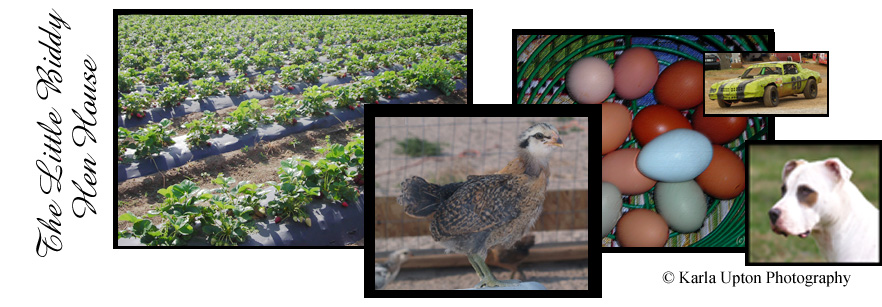My little fruit orchard is still in its infancy so my little apple trees are still several years from fruiting; however, that is not going to stop me from making home made apple sauce!
 |
| One of my baby apple trees all wrapped up for winter. |
 |
| Winesap, Granny Smith, Unknown, Roma |
 |
| They smell soooooo goooood! |
 |
| Unknown, but these are spicy delicious and crunchy |
I am thinking that I made out like a bandit! I can't wait to be able to gather apples from my own three little trees one day. Grand Gala, September Wonder Fujii, and a Granny Smith. Maybe put in some additional varieties in the spring?
*** *** ***
So my crock pot apple sauce is more like apple pie filling with an apple sauce texture. Not quite as sweet and syrupy and gooey as apple pie filling, but full of that rich, complex, cinnamon, vanilla, clove flavor. I know clove doesn't sound like something to add to apple sauce, but just a pinch leaves out the distinct clove flavor and smell while adding richness. The following is for a large crock pot.
- 14 - 20 apples, depending on size, peeled and cut into chunks or thick slices (either way, they will cook down into sauce)
- 1 cup of warm water - maybe less
- 1/2 c cornstarch
- up to 1 cup sugar if you have mostly tart apples? I've made this with no sugar before, and it is good that way, too. In fact, sometimes I like it better that way.
- 1/2 to 1 tsp ground cinnamon
- 1/2 to 1 tsp ground nutmeg
- 1/2 tsp ground clove
- 1 tsp vanilla extract or flavoring
- Optional: 1/2 stick of butter (if you aren't going to use real butter, skip this - margarine just doesn't really add anything in my opinion)
Fill the crock pot to the top - it will shrink down as it cooks. Except for the optional butter, mix all of the other ingredients in with the water and pour over apples. Dot butter on top like for a pie. Cook covered on low for 4-6 hours. Start checking every hour after the first two hours and turn off as soon as it is "mashable" with a wooden spoon. Mash up and let sit covered for several hours to cool. Sometimes a skin will start to form as it cools. I use a wire whisk to reincorporate it. This usually means that I used too much cornstarch. Which may not be uncommon as I am not good with measuring things.
*** *** ***
Sorry, forgot to take photos of the apple sauce process. I did, however, take pictures of the Yellow Jackets while I was cutting up apples on the back porch. I gave them their own bit of apple trimmings on the far side of the table, and for the most part, they were happy to enjoy their apples over there and leave the knife-wielding woman alone. And speaking of apple trimmings - I spread the cores and skins around the corner of the property where we have seen deer tracks before. I figure, worst case, the squirrels will enjoy. And that is not a bad thing.
 |
| Sneaky Yellow Jacket thinks I don't know that it is sipping apple juice. |












